Cats and Their Mysterious Nighttime Energy
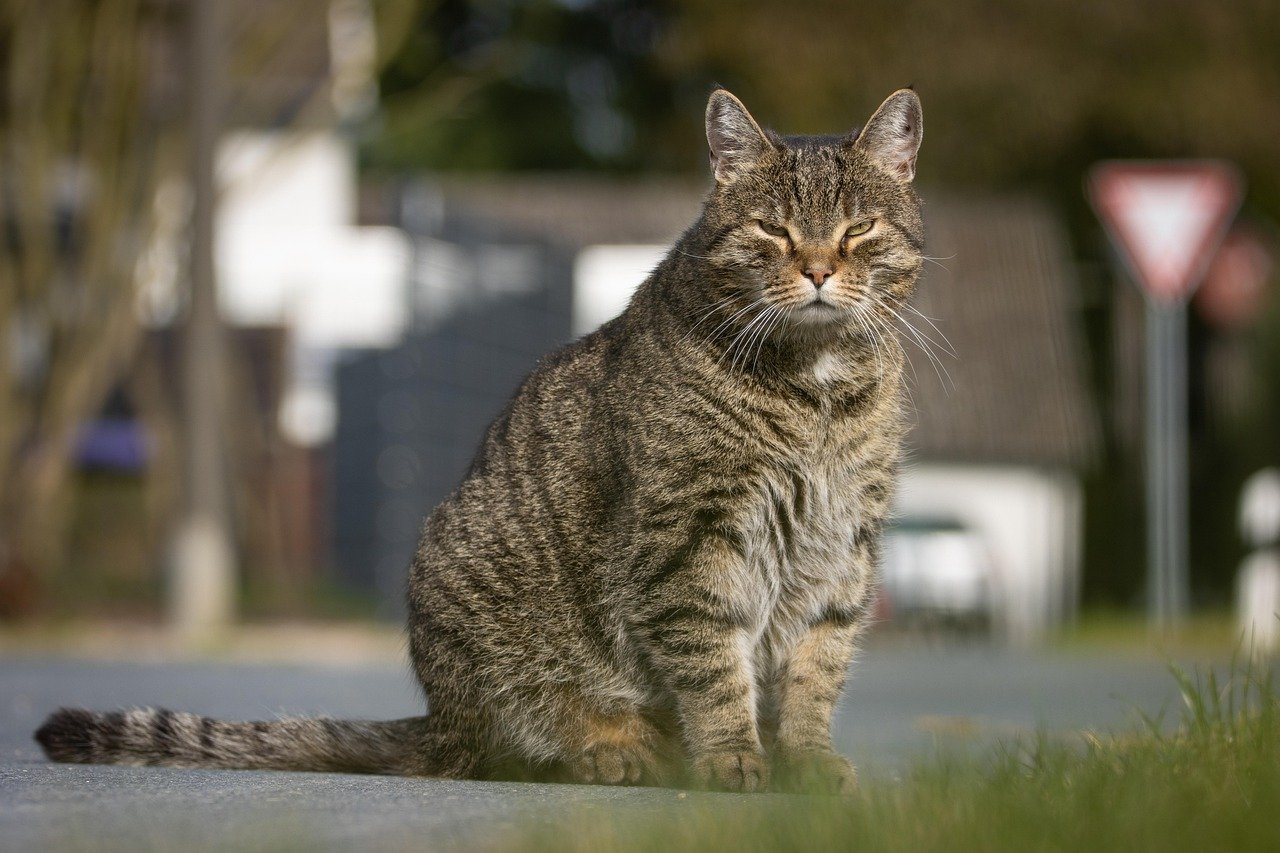
Cats are known for their intriguing behaviors, and one of the most perplexing is their nighttime zoomies. This phenomenon, where cats suddenly burst into energy and dash around the house, often leaves cat owners bewildered. Unlike dogs, who tend to reserve their energy for playtime during the day, cats can often be found racing around the house when the sun goes down. Some say it’s as if they’re chasing invisible prey, or perhaps they’re just letting off steam. This nocturnal activity isn’t just random; it has its roots deeply embedded in feline nature and instincts. Understanding this behavior can help cat owners better accommodate their furry friends’ needs.
The Evolutionary Roots of Zoomies
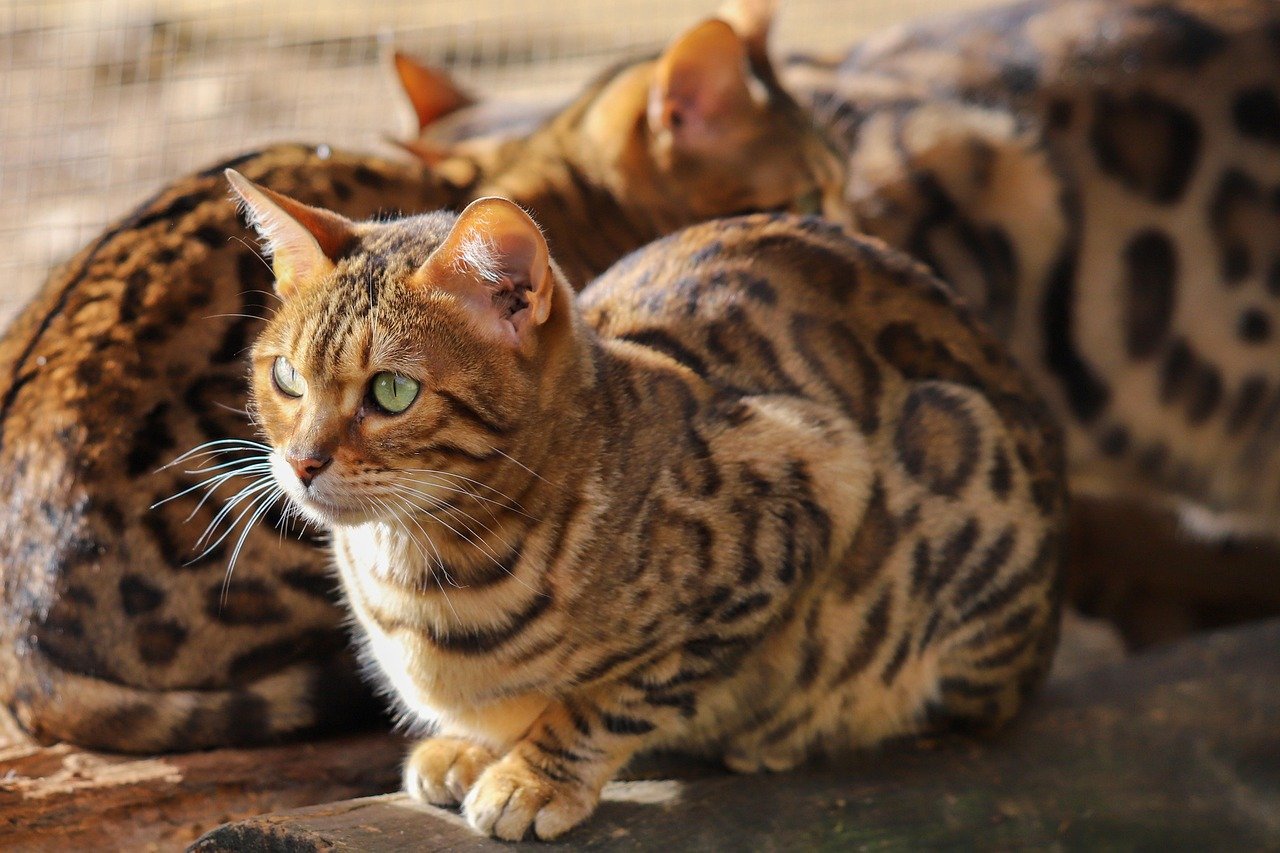
At the heart of the nighttime zoomies is a connection to a cat’s wild ancestry. Cats are crepuscular animals, meaning they are naturally most active at dawn and dusk. This trait is deeply ingrained from their wild ancestors who hunted during these times. Nighttime zoomies are, in many ways, a manifestation of this ingrained instinct. In the wild, these bursts of energy would have been used for hunting, chasing after prey with quick, agile movements. Even though domestic cats have their meals served in bowls, the instinct to use this energy remains. It’s a fascinating glimpse into the ancient roots of our modern-day pets.
Understanding Feline Behavior
To truly grasp why cats have zoomies, one must delve into the broader spectrum of feline behavior. Cats are complex creatures with a rich tapestry of instincts and learned behaviors. Play is an essential part of a cat’s life, serving not just as entertainment but as a way to hone their hunting skills. The zoomies are a form of play that allows cats to practice these skills, even if they’re not chasing actual prey. This behavior is also a way for cats to release pent-up energy, especially if they’ve been resting or lounging for extended periods. Understanding this behavior can help cat owners better cater to their pets’ needs, ensuring they have plenty of opportunities to play and exercise.
The Role of Diet in Nighttime Energy
Diet plays a critical role in a cat’s energy levels, and this can directly influence their nighttime zoomies. Cats are obligate carnivores, which means their diet needs to be rich in protein. A diet that provides ample protein and nutrients can lead to bursts of energy, particularly at night when cats are naturally more active. If a cat’s diet is not balanced, it might result in irregular energy levels, leading to more pronounced zoomies. Ensuring that a cat’s diet meets its nutritional needs is crucial in managing their energy and, consequently, their nighttime dashes around the house.
Environmental Factors Influencing Zoomies

The environment in which a cat lives can significantly impact their behavior, including the occurrence of zoomies. A stimulating environment with plenty of toys, climbing structures, and spaces to explore can help satisfy a cat’s natural curiosity and need for activity. Conversely, a lack of stimulation can lead to boredom and increased nighttime energy. Cats need an environment that caters to their instincts, providing them with opportunities to climb, scratch, and explore. By creating a cat-friendly space, owners can help manage their pets’ energy levels and reduce the intensity of nighttime zoomies.
Health Considerations and Zoomies
While zoomies are generally harmless and a natural part of feline behavior, there are times when they might indicate underlying health issues. If a cat’s zoomies are accompanied by other unusual behaviors, such as excessive thirst, changes in appetite, or aggression, it might be worth consulting a veterinarian. Certain conditions, such as hyperthyroidism, can lead to increased energy levels and erratic behavior. Regular health check-ups are essential to ensure that a cat’s behavior is not a symptom of a larger issue. Keeping an eye on any changes in behavior can help cat owners catch potential health problems early.
Age and Zoomie Frequency
A cat’s age can also influence the frequency and intensity of their zoomies. Kittens and younger cats are more likely to experience frequent and energetic zoomies due to their high energy levels and playful nature. As cats age, they tend to mellow out, and the frequency of zoomies may decrease. However, this doesn’t mean older cats won’t have their moments of playful energy. It’s important to understand that each cat is unique, and their behavior can vary widely based on their personality and life stage. Providing age-appropriate toys and activities can help manage a cat’s energy levels at any age.
The Impact of Socialization on Zoomies
Socialization plays a significant role in a cat’s behavior, including their zoomies. Cats that are well-socialized from a young age tend to have better-adjusted behaviors and may exhibit more predictable patterns of activity. A cat that has had positive interactions with humans and other animals is likely to feel more secure and comfortable in their environment. This sense of security can influence their play behavior, including the occurrence of zoomies. Ensuring a cat has positive social experiences can help manage their energy levels and contribute to a harmonious household.
Strategies to Manage Nighttime Zoomies
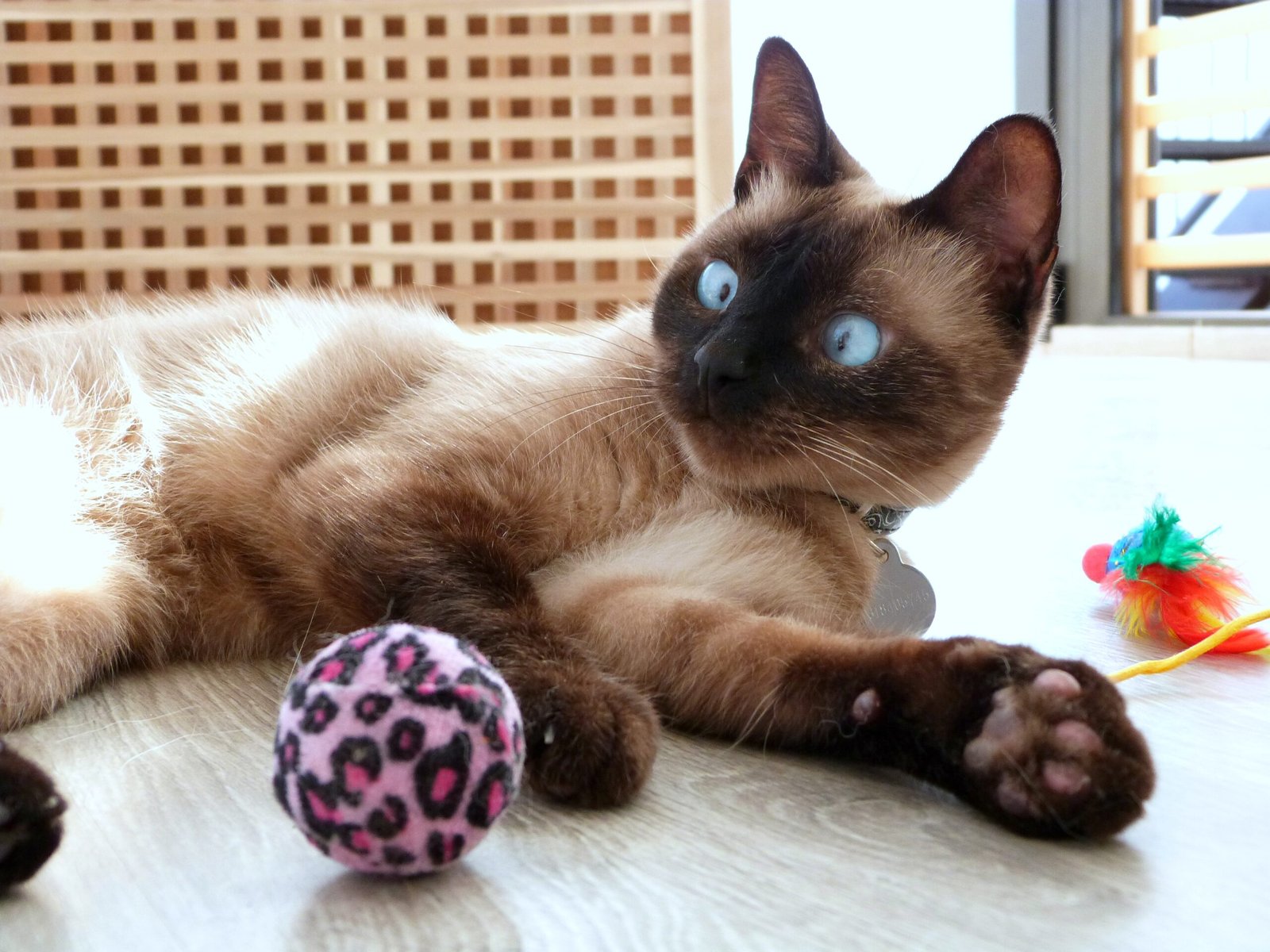
For cat owners looking to manage their pets’ nighttime zoomies, there are several strategies that can be effective. Providing plenty of playtime during the day can help expend some of that pent-up energy before nightfall. Interactive toys, such as feather wands or laser pointers, can engage a cat’s hunting instincts and tire them out. Establishing a routine that includes playtime followed by a meal can mimic the natural cycle of hunt-eat-rest, helping to calm a cat before bedtime. Additionally, creating a comfortable and cozy sleeping area can encourage a cat to settle down and rest.
The Role of Routine in Feline Behavior
Cats thrive on routine, and establishing a consistent daily schedule can greatly influence their behavior. A predictable routine helps cats feel secure and can reduce anxiety or stress-induced behaviors, including excessive zoomies. Feeding, playtime, and bedtime should ideally occur at the same times each day. This consistency helps cats know what to expect and can help regulate their energy levels. By providing structure to their day, cat owners can help manage their pets’ nighttime energy and create a more peaceful household.
The Importance of Mental Stimulation
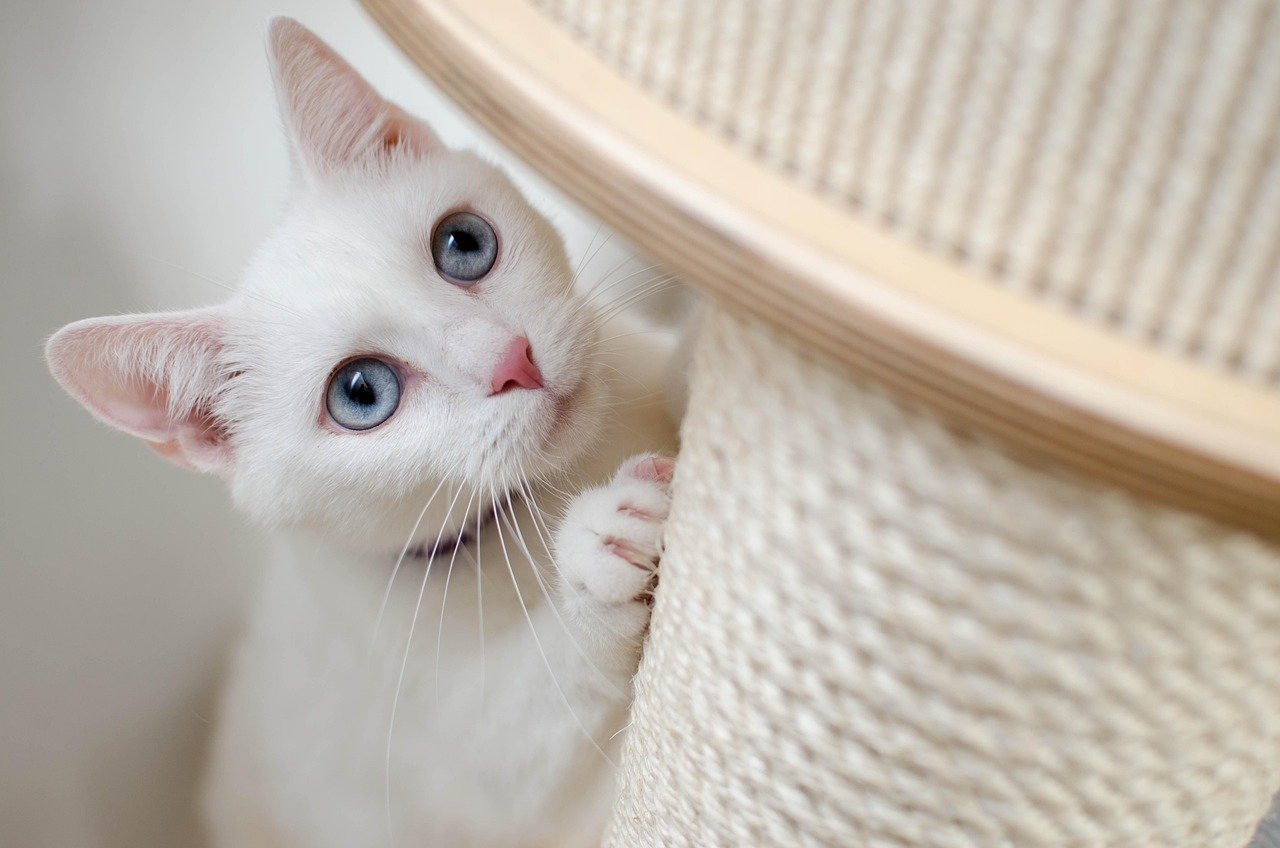
Mental stimulation is as important as physical exercise in managing a cat’s energy levels. Puzzle feeders, interactive toys, and games that challenge a cat’s mind can provide the mental engagement they need. These activities can tire a cat out just as much as physical play, helping to reduce the occurrence of nighttime zoomies. Cats are intelligent creatures that need to be challenged and stimulated to prevent boredom. By incorporating mental enrichment into a cat’s daily routine, owners can help balance their pets’ energy and improve their overall well-being.
Understanding Individual Cat Personalities
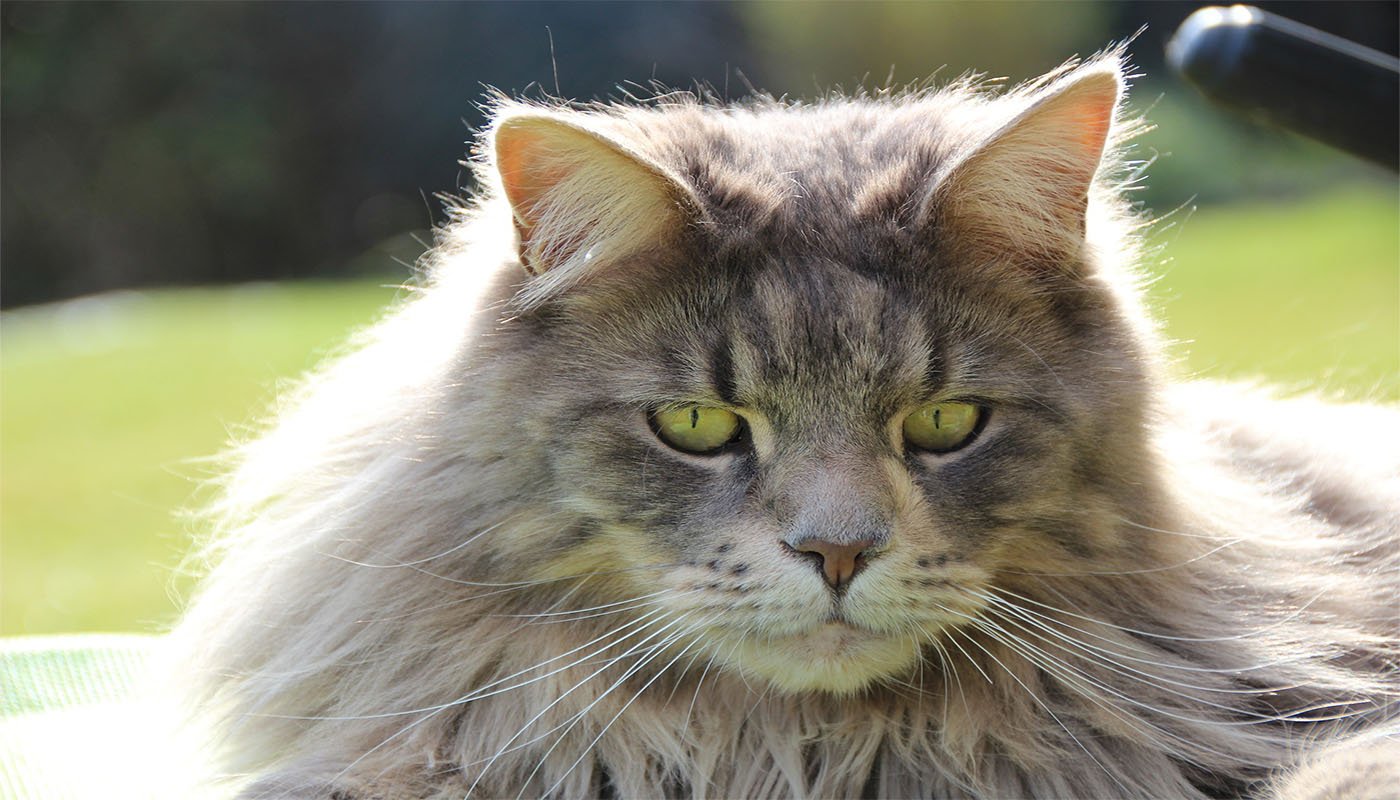
Each cat has a unique personality, and understanding these individual traits can help owners better manage their behavior. Some cats are naturally more energetic and playful, while others may be more laid-back. Recognizing these differences is important in tailoring an approach to managing nighttime zoomies. What works for one cat may not work for another, and being attuned to a cat’s preferences and behaviors is key. By observing and responding to a cat’s individual needs, owners can create a more harmonious environment for both themselves and their feline companions.
Communication and Feline Behavior
Cats communicate in a variety of ways, and understanding this communication can shed light on their behavior, including zoomies. Body language, vocalizations, and even the way a cat moves can provide insights into their mood and needs. Zoomies may sometimes be a cat’s way of expressing excitement, stress, or a need for attention. By paying attention to these signals, owners can better understand their pets and respond appropriately. Effective communication between a cat and its owner is crucial in managing behavior and ensuring a happy and healthy relationship.
The Role of Play in Feline Development
Play is a vital component of a cat’s development, influencing their physical health, mental acuity, and social skills. Engaging in regular play helps cats maintain a healthy weight, develop coordination, and strengthen their muscles. It also provides a safe outlet for their hunting instincts and can help prevent behavioral issues. Nighttime zoomies can be seen as an extension of play, allowing cats to practice these skills in a safe environment. Encouraging play and providing appropriate outlets for energy can help manage a cat’s nighttime activity and contribute to their overall well-being.
Recognizing When Zoomies Are a Cause for Concern
While zoomies are generally a normal and harmless behavior, there are times when they might indicate a problem. If a cat’s zoomies are accompanied by signs of distress, such as excessive vocalization, aggression, or destructive behavior, it may be a sign of an underlying issue. Stress, anxiety, or medical conditions can sometimes manifest as increased activity levels. It’s important for owners to be vigilant and recognize when their cat’s behavior deviates from the norm. Consulting a veterinarian or a feline behaviorist can provide guidance and help address any potential concerns.
Creating a Cat-Friendly Environment
A cat-friendly environment is essential in managing a cat’s energy levels and behavior. Providing spaces for climbing, scratching, and exploring can help satisfy a cat’s natural instincts and reduce the occurrence of zoomies. Cat trees, scratching posts, and interactive toys are valuable additions to any cat’s environment. Additionally, providing safe outdoor access, such as a secure catio, can offer enrichment and exercise opportunities. By creating an environment that caters to a cat’s needs, owners can help manage their pets’ energy and contribute to a happier, healthier life.
The Impact of Human Interaction on Zoomies
Human interaction plays a significant role in a cat’s behavior, including their zoomies. Cats that receive regular attention and playtime from their owners are likely to have more balanced energy levels. Interactive play sessions can help satisfy a cat’s need for stimulation and reduce the intensity of nighttime zoomies. Additionally, spending time with a cat can strengthen the bond between pet and owner, contributing to a more harmonious relationship. Recognizing the importance of human interaction in a cat’s life can help manage their behavior and improve their overall well-being.
The Balance Between Rest and Activity
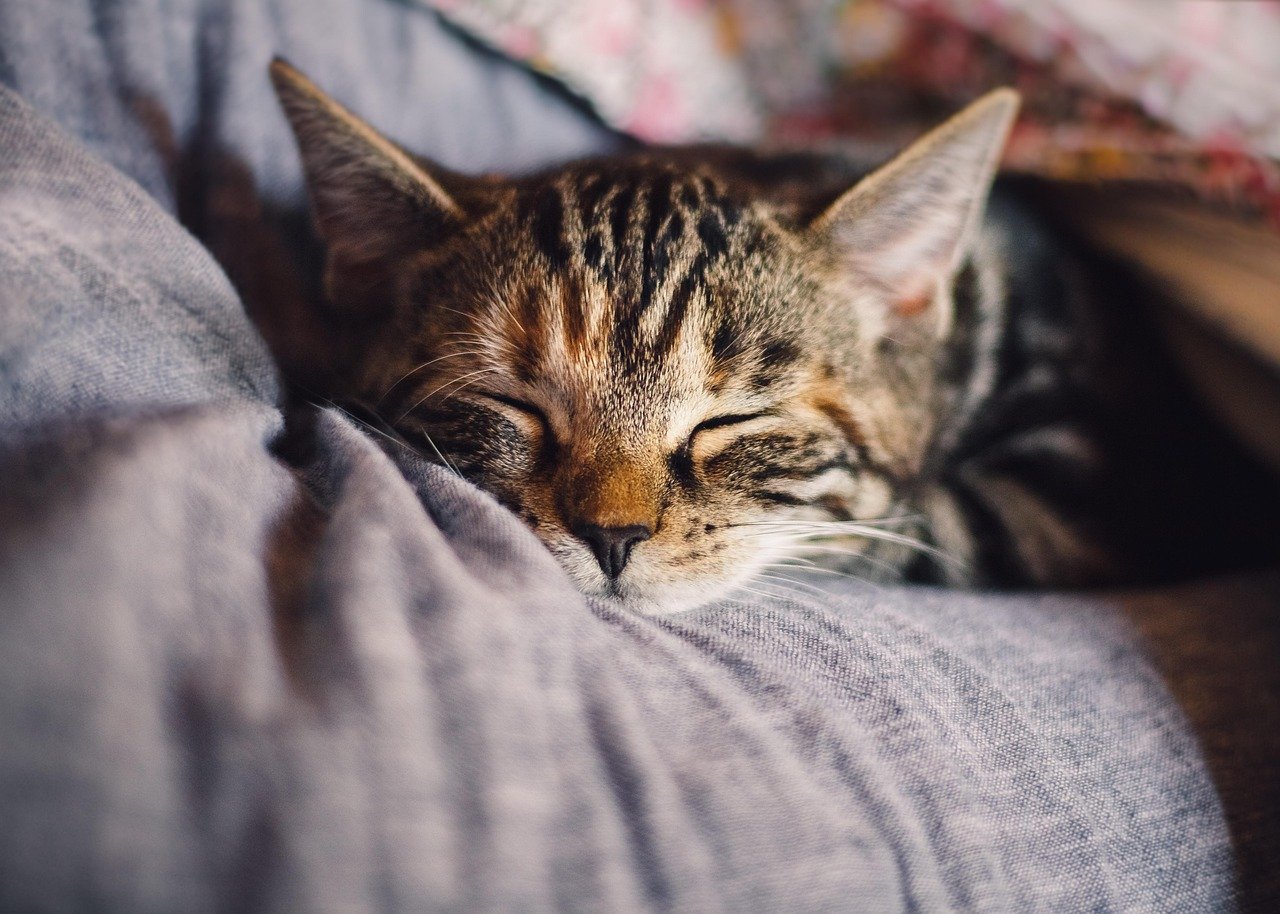
Finding the right balance between rest and activity is crucial in managing a cat’s energy levels. Cats need periods of rest to recharge, but they also require regular opportunities for exercise and play. Ensuring that a cat has access to comfortable resting areas, as well as engaging play opportunities, can help regulate their energy levels. By providing a balanced routine that incorporates both rest and activity, owners can help manage their pets’ nighttime zoomies and contribute to their overall health and happiness.
The Science Behind Zoomies
The science behind zoomies is rooted in a cat’s physiology and natural instincts. These bursts of energy are a release of pent-up adrenaline and are often triggered by a combination of factors, including diet, environment, and socialization. Understanding the biological and behavioral aspects of zoomies can help owners better manage their cats’ energy levels. By recognizing the underlying causes of this behavior, owners can implement strategies to reduce its intensity and create a more harmonious household.
Final Thoughts on Nighttime Zoomies
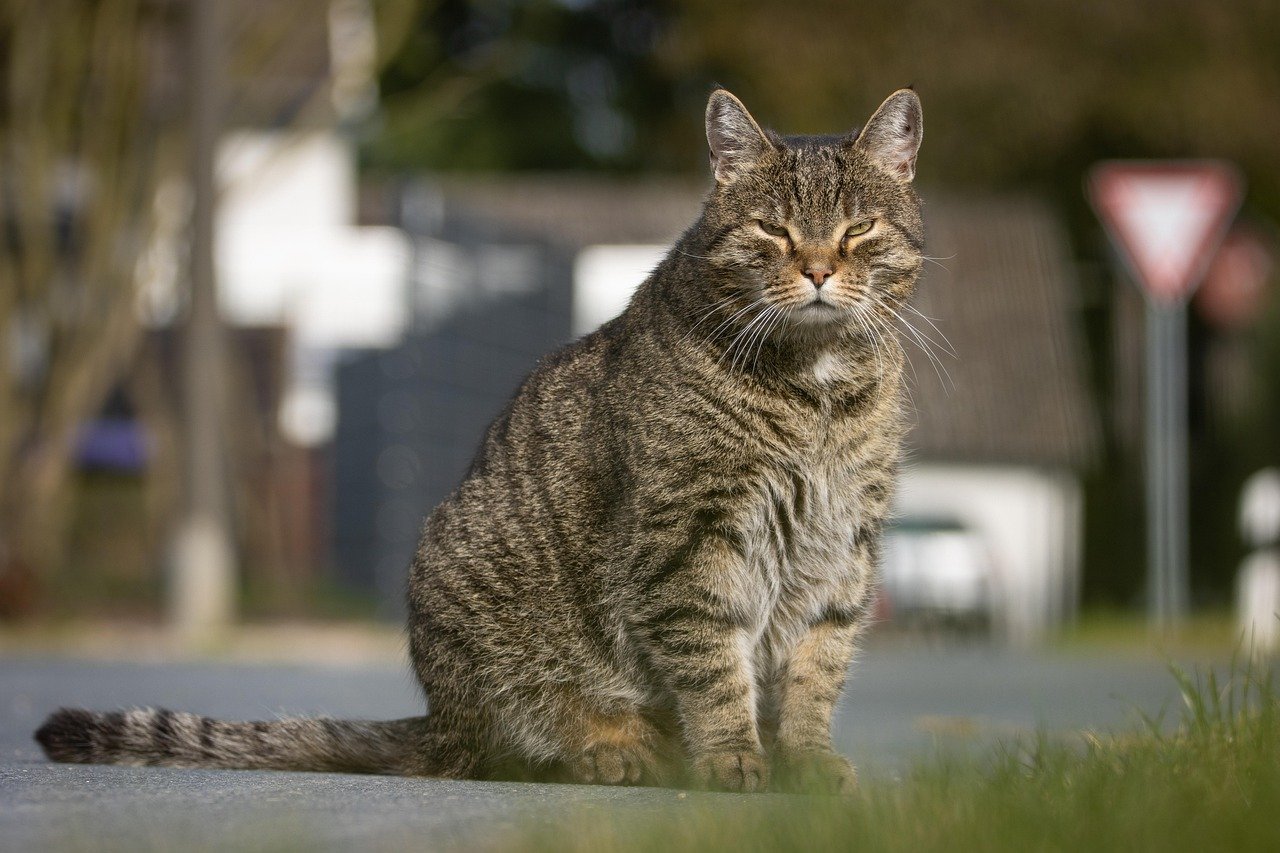
Nighttime zoomies are a fascinating aspect of feline behavior that reflects a cat’s natural instincts and energy levels. While they can be perplexing to cat owners, they are generally a normal and harmless behavior. Understanding the underlying causes of zoomies, including diet, environment, and socialization, can help owners manage their pets’ energy levels and create a harmonious household. By providing a balanced routine, engaging play opportunities, and a cat-friendly environment, owners can help manage their cats’ nighttime activity and contribute to their overall well-being.
Hi, I’m Bola, a passionate writer and creative strategist with a knack for crafting compelling content that educates, inspires, and connects. Over the years, I’ve honed my skills across various writing fields, including content creation, copywriting, online course development, and video scriptwriting.
When I’m not at my desk, you’ll find me exploring new ideas, reading books, or brainstorming creative ways to solve challenges. I believe that words have the power to transform, and I’m here to help you leverage that power for success.
Thanks for stopping by, Keep coming to this website to checkout new articles form me. You’d always love it!






